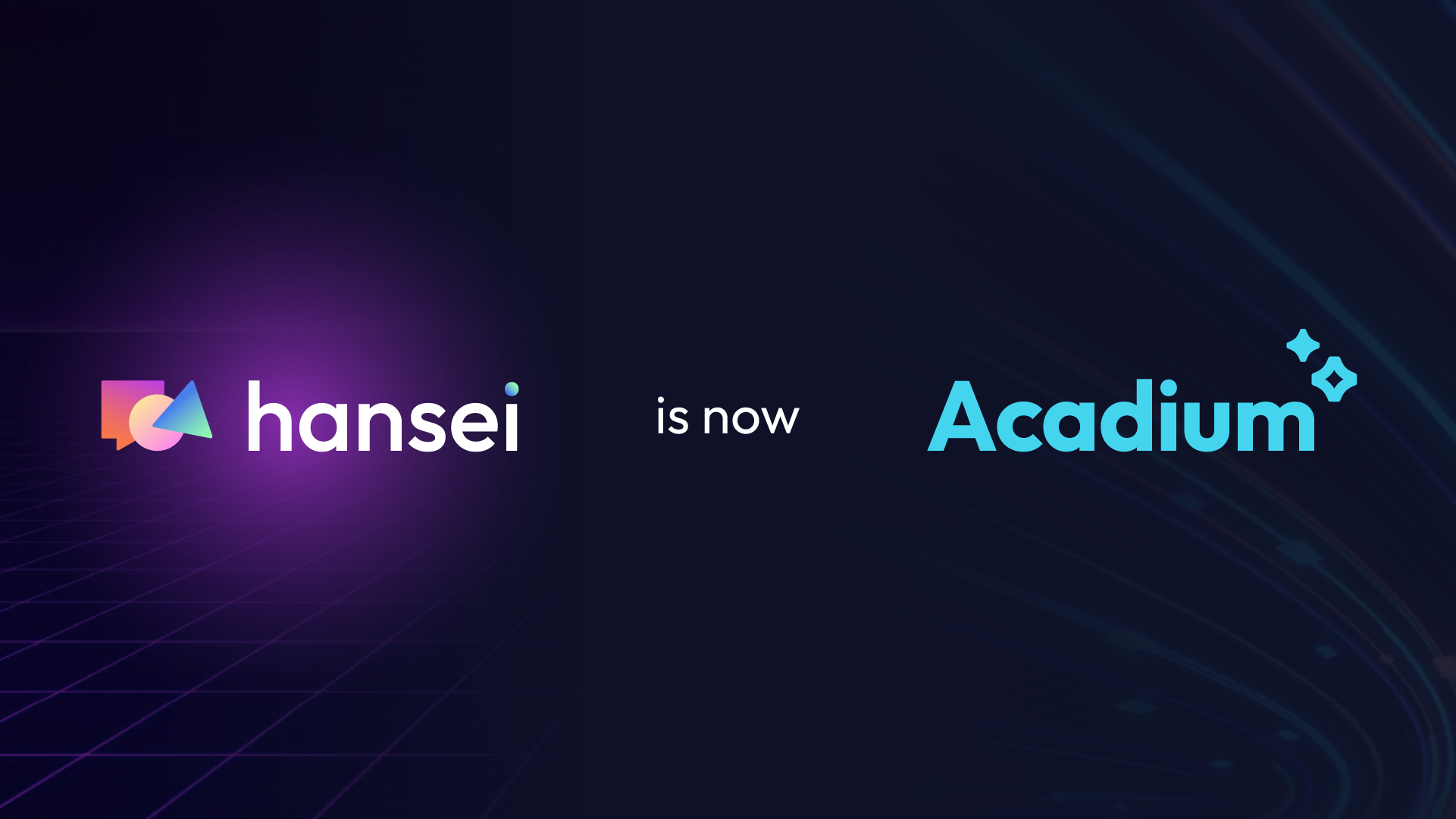Here at UNINCORPORATED, we practice human-centered design. But what exactly does that mean?
Human-centered design is a framework for how to think about design challenges in which the mindset of the end user is considered just as much as the functionality of the thing being designed. Rather than focusing simply on if the user is able to complete the desired task, human-centered design forces us to ask: is it easy for the user to complete the task? Is it enjoyable? What parts are difficult or confusing?
Because human-centered design takes into consideration the needs, desires, and capabilities of the end user, it is especially important when thinking of higher ed, where we are trying to meet those needs for a broad audience of prospective students. Human-centered design should be considered for every touchpoint, from the initial conversations that prospects have, to the application process, to the classroom, and student services. Our goal is to help our prospective and enrolled students to the best of our ability and to do so, we need to consider them holistically to ensure that we are designing solutions that are effective and engaging and set them up for success.
At UNINCORPORATED, we focus primarily on the prospective student, helping them learn about the various schools and programs available to them, nurturing them through the application process, and hopefully setting them up for success when they choose the school they want to attend. But what about once they arrive on campus? Here are some areas of the campus experience (both physical and virtual) that should be considered through the human-centered framework:
Physical Spaces
These spaces should be designed with the needs of the student in mind, taking into account factors such as lighting, acoustics, furniture layout, and technology. A classroom that is poorly lit or has poor acoustics can be frustrating and distracting for students. In contrast, a classroom that is open and bright with well-placed technology can help to create a more useful and human-centered learning environment.
Ask yourself:
- When a student walks into a classroom, how does it feel?
- How functional is that space?
- How easy is it to see the whiteboard or monitor, to hear the professor?
Course Materials and Curriculum
This can involve designing course materials that are visually appealing, easy to understand, and interactive, as well as developing curricula that are tailored to the needs and learning styles of individual students. A course that is designed with interactive elements, such as videos, quizzes, and discussions, can be more engaging and effective for students than a course that is purely text-based.
Ask yourself:
- How engaging is the course material?
- Is it at the right level for this class?
- Is it all reading and memorization, or are there moments of interaction and creation?
- What is the right mixture of passive and interactive learning for this topic and these students?
Student Support Services
Student support services, such as advising, disability services, and even mental and physical health services should be human-centered from start to finish, as their entire objective is to help students. These services should be easily accessible and user-friendly. These are the primary way universities can ensure student success for those who have barriers that might otherwise prevent them from excelling or completing their education. If a deaf student doesn’t have an interpreter, they will find it incredibly difficult to learn in a classroom environment. If a transfer student doesn’t understand how their credits transfer, they might end up repeating classes or missing credits when graduation time rolls around.
Ask yourself:
- What is the mindset of the student in this environment?
- What difficulties are they having, or barriers are they facing?
- What services can we provide to make learning easier or more accessible to them?
If you work for a higher education institute, look at how and where you interact with students and think about it through this human-centered design approach. By focusing on the mindset of the end user as well as their needs and limitations, higher education institutions can enhance the overall student experience. And if you want UNINCORPORATED to use our human-centered design knowledge to help ensure that you’re treating prospective students with the same care and attention, reach out! We’d be happy to take a look at the student journey for your institution and see if there are ways we can center the human experience even more.



